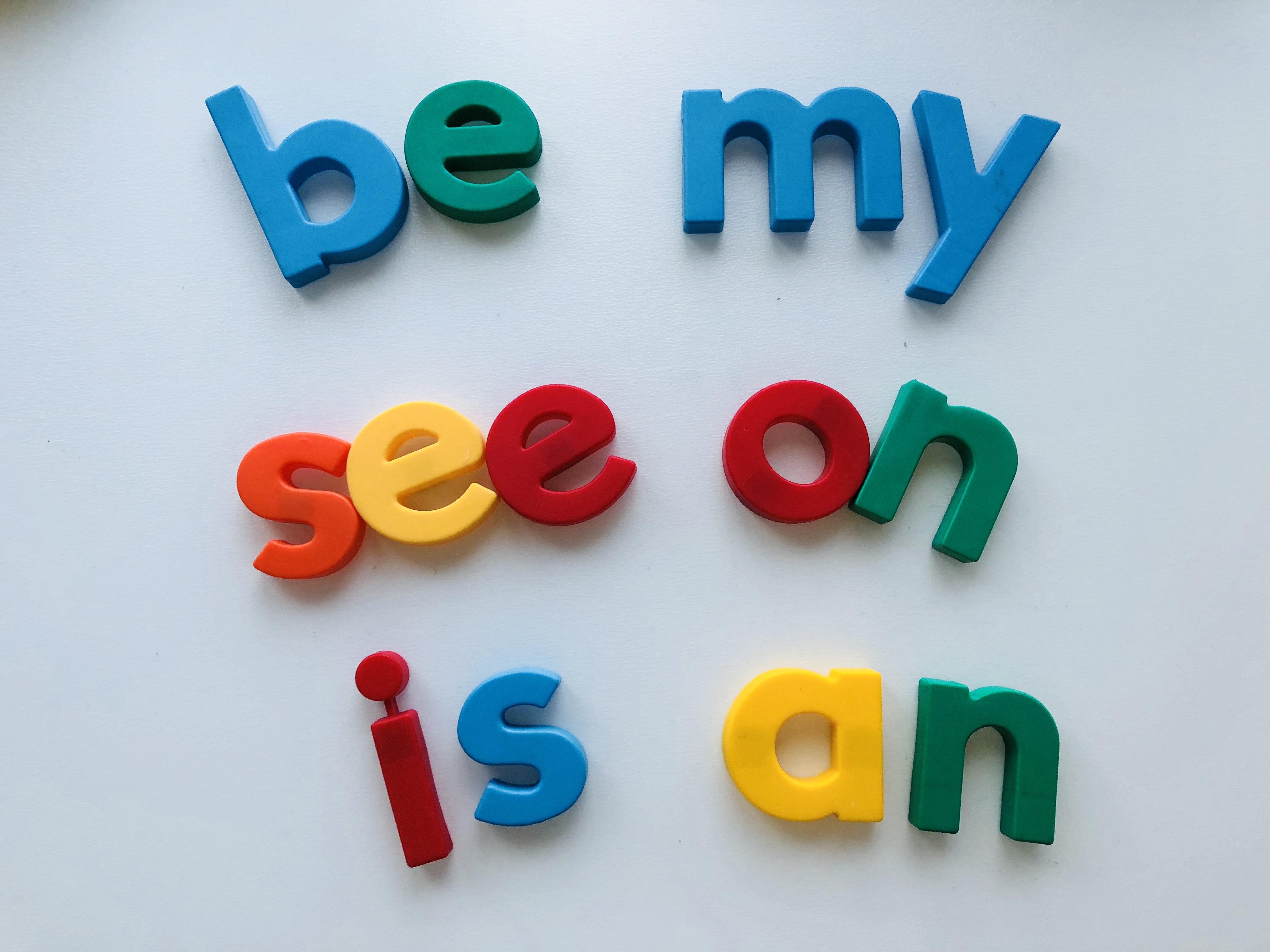When it comes to reading, especially as a new reader, it can be a lot of work! Every single letter has a sound on its own, and then it makes different sounds when it’s with other letters. Just about every time an emergent reader thinks they’re catching on, they meet a word that doesn’t follow the rules they just mastered. English is a particularly tricky language this way.
Luckily, we have sight words to rely on, and there’s a reason your child’s teacher works so hard on them – and even mentions them in the report card. Your child’s knowledge of sight words essentially tells us how far they can get in reading. Sight words are the most commonly used words in the English Language. They make up nearly 75% of written texts but, what makes them tricky, is that they often aren’t that easy to decode, or sound out. Therefore, if your child is spending their entire reading experience sounding out the the’s, is’s, could’s, our’s, are’s, and because’s (to name a few), they are working extremely hard to not even gain the meaning of what they are reading. Reading this way is extremely taxing for emergent readers, and it gets in the way of their understanding. When we teach reading, we start with decoding, but our ultimate goal is comprehension and critical thinking. That can’t happen unless those sight words get mastered.
The best ways to make this happen for your child? The first one is easy – practice!
The most common list of sight words are known as the Dolch Sight Words, and they are broken down into grade levels to focus on. Find the list most appropriate for your child, and practice the words often, putting them into context, until they can just look at them and know them without having to sound them out.
The second way to make sure it happens? It’s just as easy, but often overlooked. The single best way to make a reader better, in whichever way they need, is to read as much as possible! So read as much as possible (with and without your child!) and enjoy that time as beneath all those sight words are some pretty good stories.
